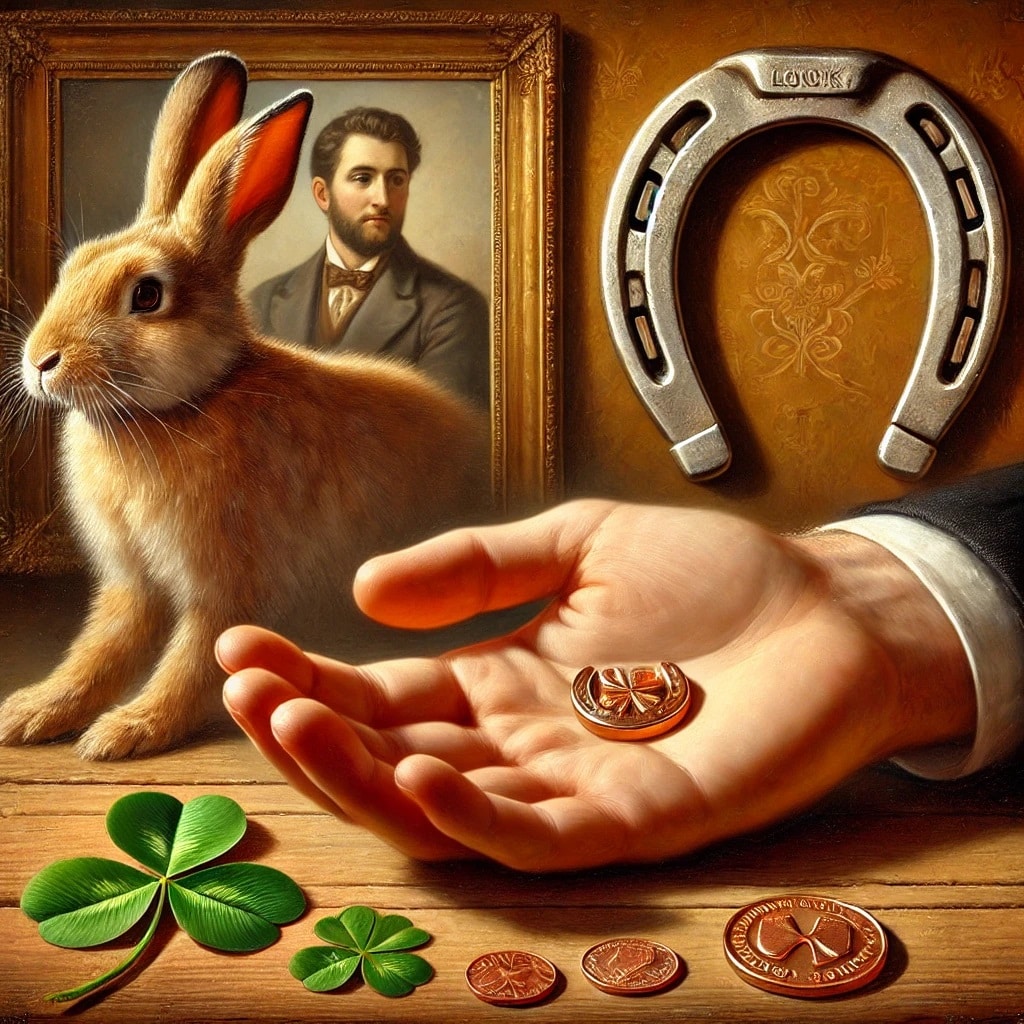Many of us take for granted common superstitious beliefs that have become part of modern culture. However, it is actually quite interesting to learn about where these rituals actually originated. Let’s take a look at six artifacts and practices, and the unique history of each. This could help to shed a bit of light upon a not-so-distant past.
Touch Wood
This phrase is sometimes spoken as “knock on wood”; particularly by Americans. There are several theories associated with how the practice originated. Some believe that touching wood was a reference to coming in contact with a representation of the Christian cross. Others state that knocking on wood was an ancient pagan tradition associated with literally “knocking” on tree trunks in the hopes that good spirits living within would bring good luck.
The Lucky Penny
It is a relatively universal conclusion that the notion of a lucky penny (or coin in general) can be traced back to Roman times. Similar to contemporary society, coins signified a degree of wealth. The ancients also believed that metals such as copper and bronze were gifts from the gods, sent to those who were the most fortunate. Therefore, finding a penny was never a bad thing. It is also interesting to note that some individuals steel believe that coming across a coin displaying its obverse (the reverse side) could bring bad luck, and should therefore never be touched.
Fingers Crossed
Crossing one’s fingers is perhaps the most well-known good luck ritual. For example, a player registered with Jackpot City online casino might want to take advantage of the latest Megaways slots games, or instead cash in on their free spins welcome package. Why not curry the favour of the gods? Players might therefore inadvertently cross their fingers before each round of a game. So, how did this practice originate?
While origins are somewhat obscure, some historians believe that they stem from pagan traditions. Pagans believed that crossing their fingers would seal a pact with the gods or concentrate “good” mythical energies. Another plausible theory is that crossed fingers represent a crucifix.
Rabbit’s Foot
Carrying a rabbit’s foot is a well-known good luck charm in many cultures. The origin of this practice can be traced back to the ancient Celtic tribes. Rabbits were considered sacred creatures, possessing qualities of fertility and rebirth due to their prolific breeding habits. The Celts believed that the left hind foot of a rabbit, specifically if captured in a cemetery, possessed special powers to ward off evil spirits and bring good fortune. This belief eventually spread across Europe and to the Americas, where it became a popular talisman, especially in African-American folklore.
Horseshoe
Horseshoes are widely regarded as symbols of good luck and protection. The origins of this belief are deeply rooted in folklore and religion. One popular legend tells of Saint Dunstan, a blacksmith who later became the Archbishop of Canterbury. According to the story, the Devil once asked Dunstan to shoe his horse. Dunstan recognized the Devil and nailed the horseshoe to his hoof instead, causing immense pain. He only agreed to remove it after the Devil promised never to enter a place where a horseshoe was hung above the door. Additionally, horseshoes are traditionally made of iron, a material believed to ward off evil spirits. The horseshoe’s crescent shape also resembles the lunar symbol, further enhancing its mystical protective powers.
Four-Leaf Clover
The four-leaf clover is a universally recognized symbol of good luck, distinct from the more common three-leaf variety. Its origins lie in Celtic tradition, where Druids believed that the rare four-leaf clover could help them see evil spirits and avoid misfortune. Each leaf of the clover is said to represent different aspects of good fortune: the first is for faith, the second for hope, the third for love, and the fourth for luck. Finding a four-leaf clover is considered an auspicious event due to its rarity, with estimates suggesting that only one in every 5,000 clovers has four leaves. This rarity has cemented its status as a potent symbol of good luck across various cultures and generations.
We can now see that modern society is still heavily influenced by ancient belief systems. Keep the observations mentioned above in mind the next time you roll the dice or enjoy a quick round of online slots. After all, they can never hurt!

